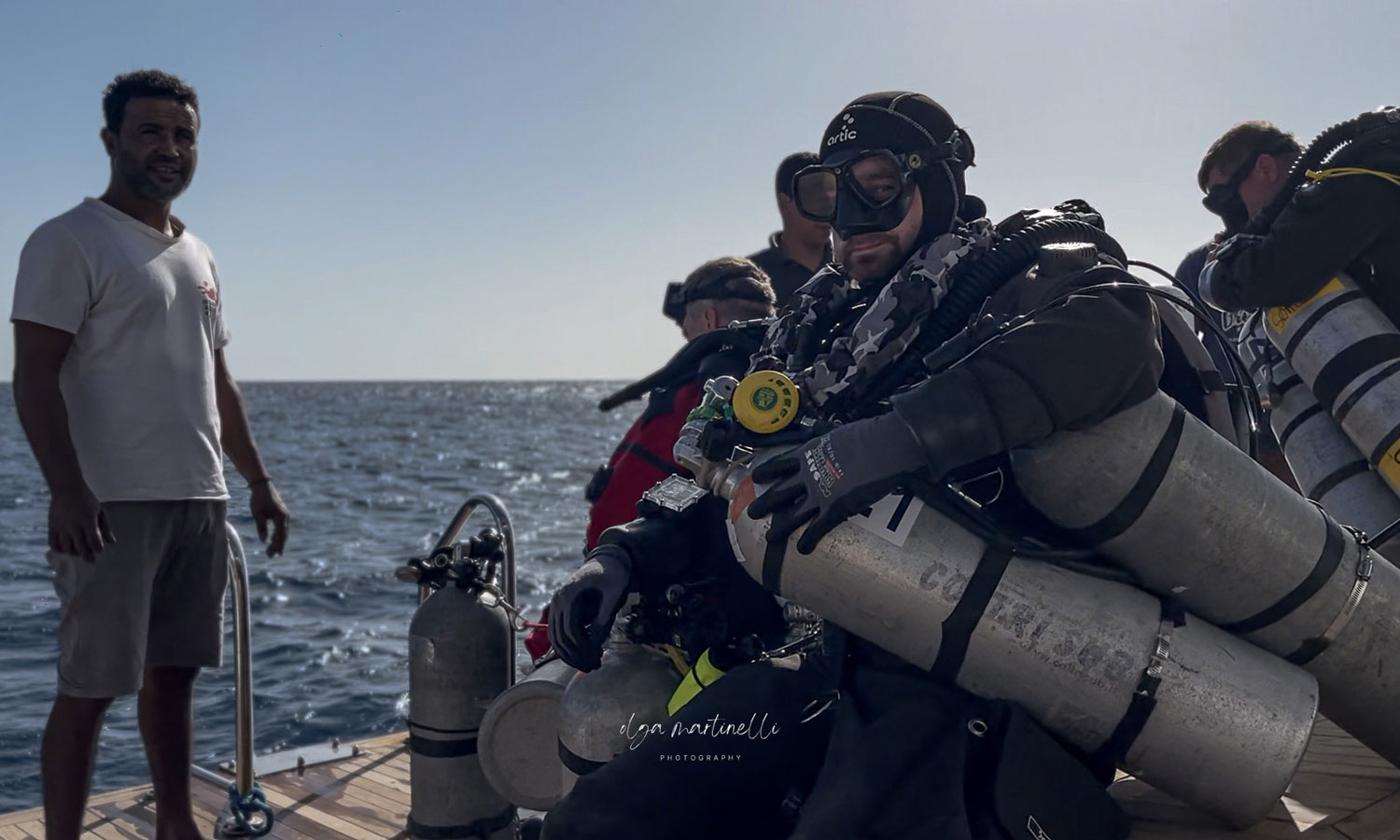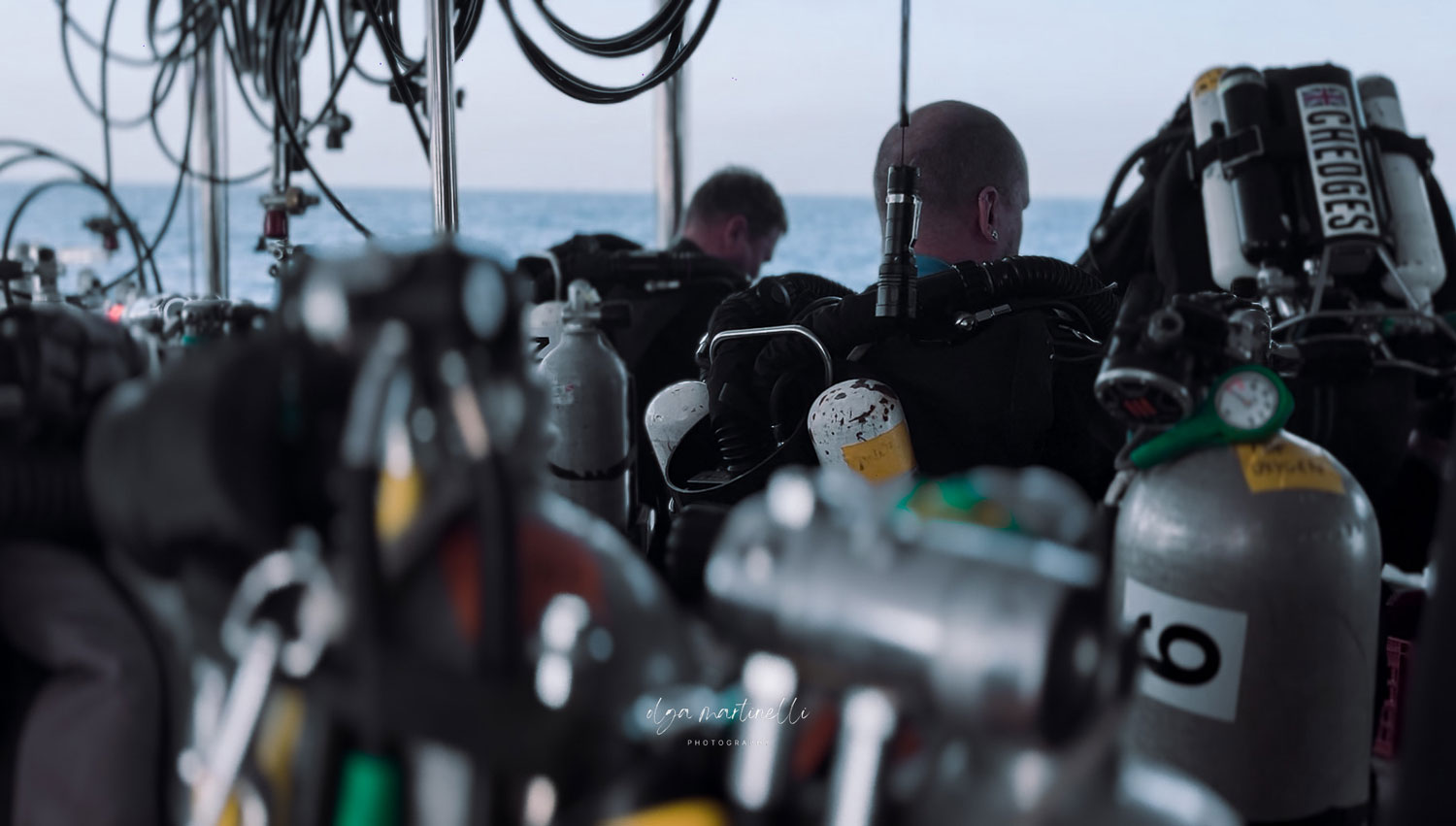CCR vs. Open Circuit: What’s the cost per dive?
The idea for this blog post started out with a question that I had to solve for myself: When I’m using a rebreather in a professional context, e.g. for guiding technical dives, how do I calculate my cost, and how do I bill my customers?
For open circuit, it’s pretty straightforward: Everyone gets a gas bill, and customers split the cost for the guide’s gas. This cost is quite predictable and easy to communicate.
But what if the team (or just the guide) is on a rebreather? Unlike open circuit, most of the costs of running a rebreather are not accrued on a per-dive basis. So what is the rebreather equivalent to an OC gas fill? Rebreathers are expensive to buy and require more than just gas and sorb to operate, e.g. sensors. These factors need to be taken into account.
A search of the usual online resources turned up a number of posts talking about the various expenses rebreather owners are faced with, but none that try to aggregate these items into something that can be compared directly to the cost of an open-circuit dive. Below is my thinking on the matter; please consider it a starting point for a discussion, not a definitive answer or even an attempt thereof.
The numbers I use in my calculation are roughly based on my own unit (a Fathom CCR) and location (Puerto Galera, Philippines). If you’re using a different platform elsewhere in the world, your mileage will vary. However, you can use the same or a similar approach with different numbers, and I’d be interested in your results. If you have the time, my contact information can be found in the author’s bio below. I’d appreciate any kind of feedback.
On to the meat of the matter:
Hardware
Let’s say my initial outlay for a rebreather is $10,000. I estimate its service life at 1,000 hours, and I expect to do these 1,000 hours of diving over a period of five years. I change my three sensors annually for $250.
Note: I believe that only a minority of rebreathers sold to the consumer market will ever see 1,000 hours of service or 200 hours of service per year. My example is a good-case scenario.
Anyway, over this period of 5 years, I’m paying $10,000 + 5 x $250 = $11250. Let’s throw in an arbitrary $750 for the occasional spare part and because we like round numbers. This gets us to $12,000 over 1,000 hours, or $12/hour for hardware.

Adsorbent
A 20-kg keg of sorb goes for about $220 here in the Philippines. I get eight scrubber fills out of each keg, and each fill lasts me six hours on my unit. That’s 48 hours per $220 keg, or about $5/hour. Sorb prices vary by location, and scrubber durations by platform. Again, use your own numbers.
Gas, and adding things up
The above gets us to $17 per hour for hardware and sorb, before gas. If we assume the average technical (ocean) dive to be about 90 to 120 minutes long and add another $15 to $20 for gas, then our total operating cost becomes something like $40 to $55 per dive.
Note: If you want to compare the cost of CCR diving to that of doing the same dive on open circuit, you can do so by comparing these $40-55 to the cost of a trimix fill. Most other costs will apply equally to either. For a 55-meter dive using a set of doubles with 21/35 and a couple deco gases, the difference will be relatively small. For a hypoxic trimix dive with a bottom stage and travel gas, it will be considerable. If you’re trying to decide whether transitioning to a rebreather is worth it for you, then this might serve as a decision-making aid. Even though the idea of buying a rebreather to save money is certifiably foolish, having a point of comparison with open-circuit expenses can’t hurt.

Conclusions
To nobody’s surprise, CCR diving is cheaper than open-circuit trimix over time. However, it’s not out-of this world cheaper. In my relatively optimistic example scenario, it takes several hundreds of hours of diving to break even. For a less busy rebreather, it will take longer.
I think it’s also noteworthy that consumables (gas and sorb) only account for roughly half the total operating cost per dive, and that’s for a unit that spends a fair amount of time under water. If I dive less, then the per-dive cost will be higher, and hardware will make up a greater share of it.
Finally, to limit the scope of this post, I haven’t considered any of the other costs that divers or professional dive operators need to cover, such as dive shop facilities, boats, accident and liability insurance, or labor. While these enter into the total cost of a dive, they’re largely independent of the mode of diving and apply equally to both open-circuit and rebreathers in a given location. I’m only looking at the components that differ between the two.
About the author
Tim Blömeke teaches technical and recreational diving in Taiwan and the Philippines. He is also a freelance writer and translator, as well as a member of the editorial team of Alert Diver. He dives a Fathom CCR. For questions, comments, and inquiries, you can contact him via his blog page or on Instagram.


